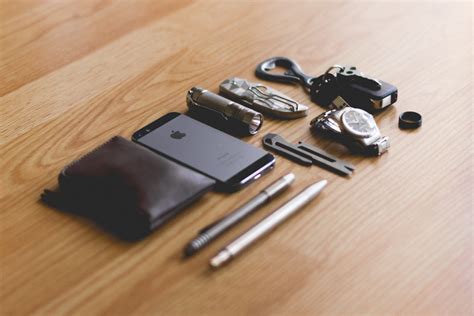What smart recovery gear truly optimizes post-workout muscle repair?
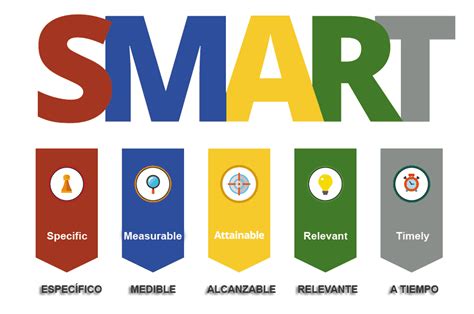
In the relentless pursuit of peak performance, athletes and fitness enthusiasts are increasingly recognizing that the work doesn’t end when the workout does. Post-workout recovery is not merely a break; it’s a critical phase where muscles repair, adapt, and grow stronger. Traditional methods like stretching and foam rolling have their place, but the advent of “smart” recovery gear has revolutionized the approach, promising faster, more effective muscle repair and reduced downtime. But with a market flooded with innovative gadgets, which tools truly stand out in optimizing post-workout recovery?
The Science Behind Smart Recovery
Muscle repair is a complex physiological process involving inflammation, protein synthesis, and cellular regeneration. Intense physical activity causes micro-tears in muscle fibers, and the body’s adaptive response to repair these tears is what leads to increased strength and endurance. Smart recovery gear leverages scientific principles to accelerate these natural processes, reduce muscle soreness (DOMS), improve circulation, and enhance flexibility, thereby preparing the body for the next challenge more efficiently.
Advanced Compression Therapy
One of the most widely adopted smart recovery tools is dynamic compression therapy, often seen in the form of pneumatic compression boots. Devices like Normatec or Hyperice employ pulsating air pressure to sequentially massage limbs, mimicking the natural muscle pump. This action significantly enhances blood flow, helping to flush metabolic waste products (like lactic acid) out of the muscles and bring oxygen-rich blood and nutrients in. The result is reduced swelling, decreased muscle soreness, and accelerated recovery from intense training sessions.
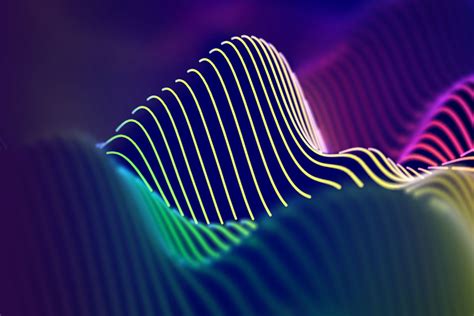
Targeted Percussive Therapy
Percussive therapy devices, commonly known as massage guns (e.g., Theragun, Hypervolt), deliver rapid, targeted bursts of pressure deep into muscle tissue. These devices are excellent for breaking up knots, increasing blood flow to specific areas, and reducing muscle stiffness and soreness. Many modern percussive devices integrate smart features, offering app-guided routines, customizable speed and force settings, and even connectivity to track usage and optimize recovery protocols based on workout data. This precision allows users to target specific muscles with the right intensity for optimal repair and relaxation.
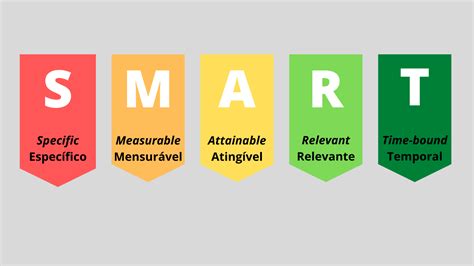
Thermotherapy: Hot and Cold Innovations
The age-old practice of using heat and cold for recovery has also gone smart. Cold therapy, or cryotherapy, reduces inflammation and numbs pain, while heat therapy increases blood flow and relaxes muscles. Smart recovery tools now offer precise control over temperature. Devices range from localized hot/cold packs with intelligent timers to full-body cryotherapy chambers and smart saunas that optimize temperature and humidity. Contrast therapy, alternating between hot and cold, is also being refined with intelligent systems that regulate transition times for maximum therapeutic benefit, helping to ‘pump’ blood through the muscles and enhance recovery.
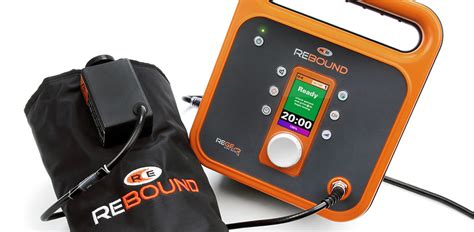
Electrical Muscle Stimulation (EMS) and TENS
Electrical Muscle Stimulation (EMS) and Transcutaneous Electrical Nerve Stimulation (TENS) devices utilize mild electrical currents to aid recovery. EMS targets muscle fibers directly, causing contractions that can improve blood flow, reduce muscle atrophy, and facilitate muscle re-education after injury. TENS, on the other hand, primarily focuses on pain relief by blocking pain signals and stimulating endorphin release. Smart versions of these devices offer pre-programmed recovery and pain relief routines, often controlled via a smartphone app, allowing for personalized intensity and duration settings to optimize specific muscle repair and comfort post-workout.
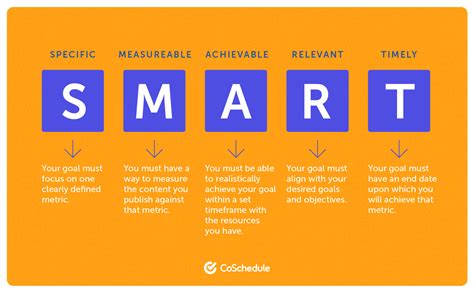
Integrating Wearable Tech for Holistic Recovery
While not strictly “gear” for direct muscle manipulation, wearable technology plays a pivotal role in optimizing recovery by providing crucial data. Smart rings (like Oura), watches, and heart rate monitors track sleep quality, heart rate variability (HRV), resting heart rate, and activity levels. These metrics are vital indicators of recovery status and readiness for the next workout. When combined with smart recovery gear, this data can inform the selection and intensity of recovery protocols, ensuring a truly personalized and optimized approach to muscle repair.
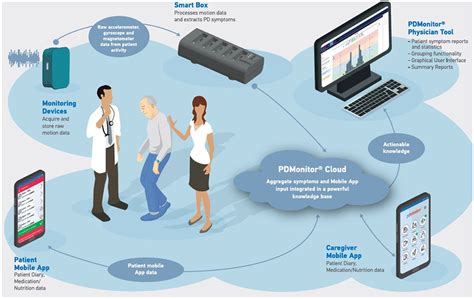
Choosing Your Optimal Recovery Arsenal
Selecting the best smart recovery gear depends on individual needs, budget, and the type of activity performed. Consider:
- Your Sport/Activity: Endurance athletes might benefit more from compression therapy, while strength trainers could prioritize percussive devices.
- Common Aches/Pains: If specific muscle groups are always sore, target those with specialized tools.
- Budget: Smart gear varies significantly in price. Start with essentials and expand as needed.
- Portability: Do you need something for travel or home use?
- Integration: How well does the device integrate with your existing fitness ecosystem or app?
Ultimately, smart recovery gear is a powerful complement to foundational recovery practices like adequate sleep, proper nutrition, and hydration. No single device is a magic bullet; rather, a holistic approach that incorporates these smart tools thoughtfully can significantly enhance the body’s natural ability to repair and rebuild.
The future of post-workout muscle repair is undoubtedly smart. By understanding the science and judiciously selecting tools that align with individual recovery needs, athletes can unlock new levels of performance and longevity in their fitness journeys.







